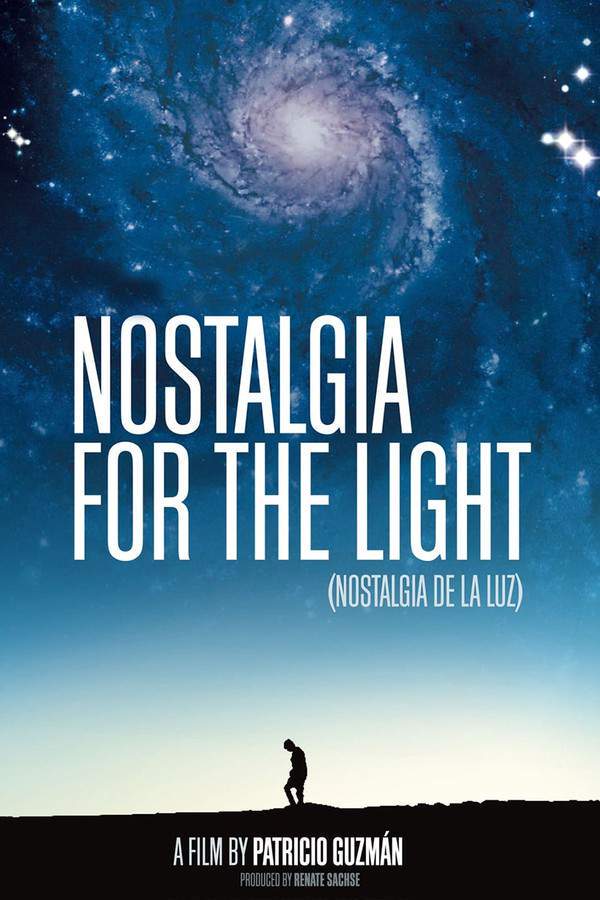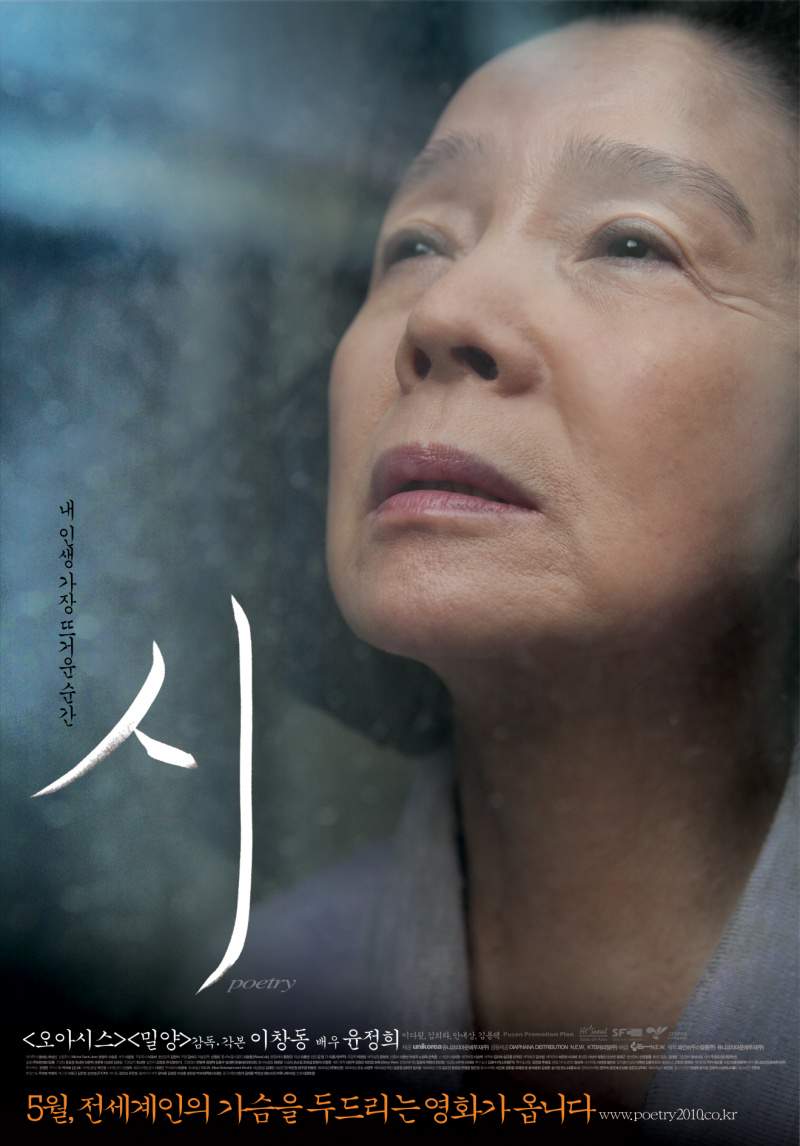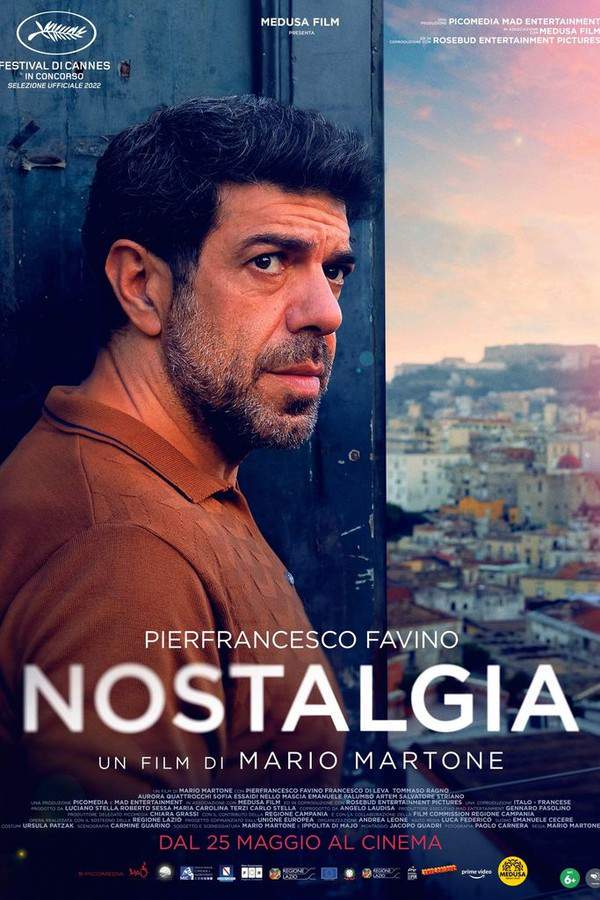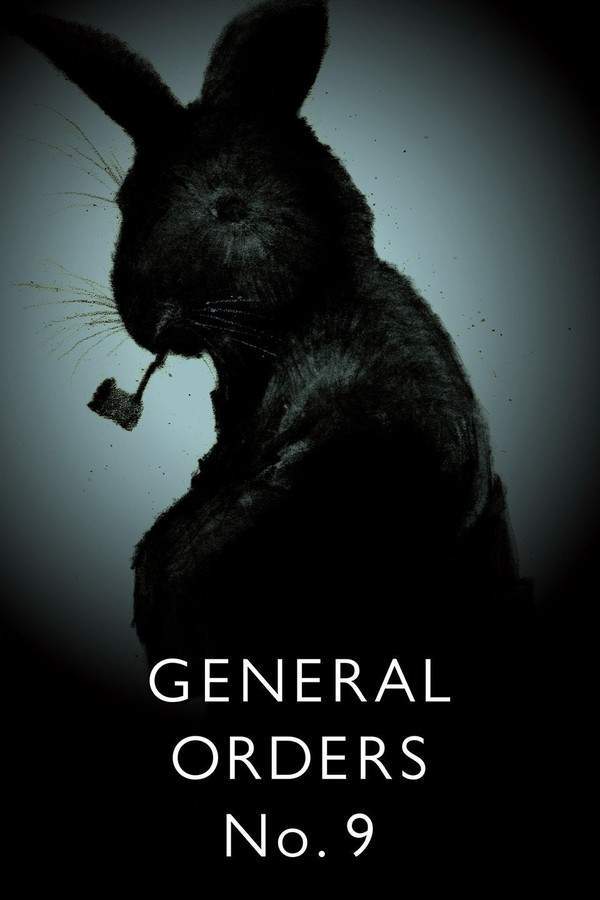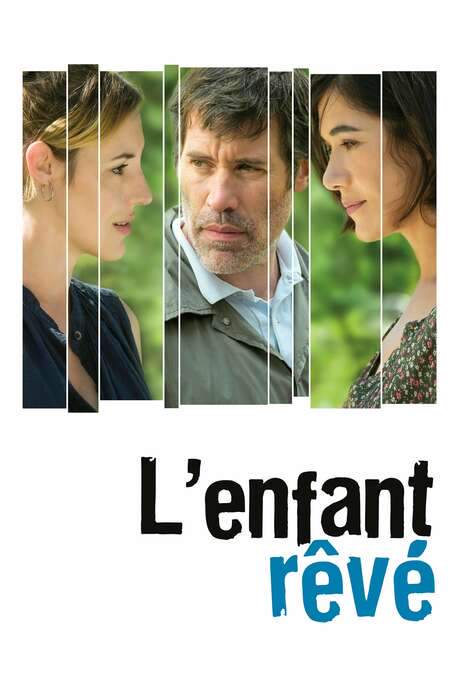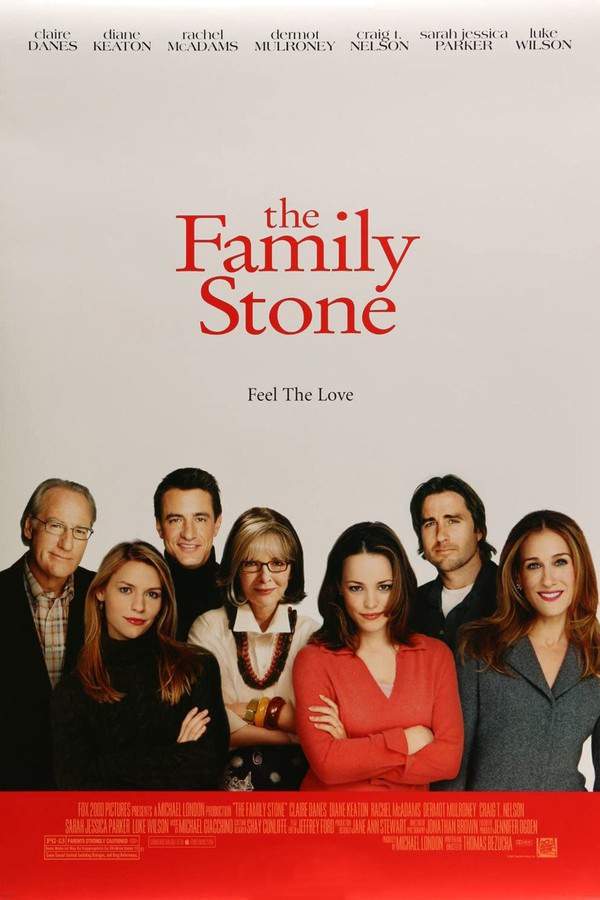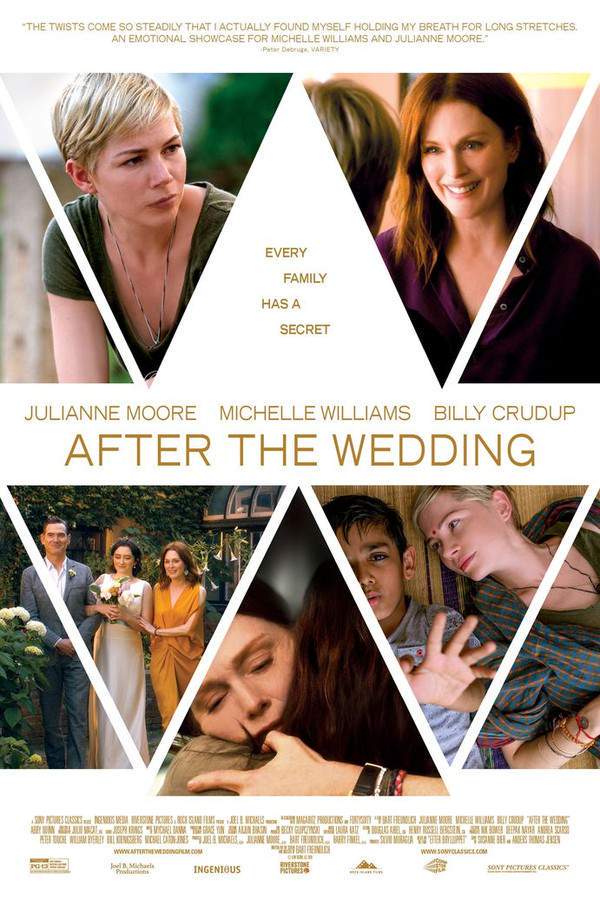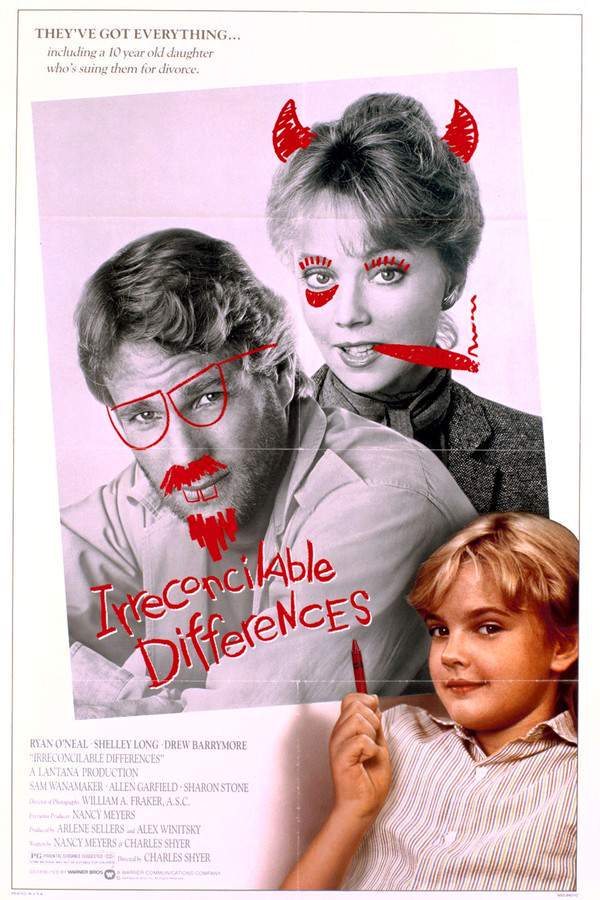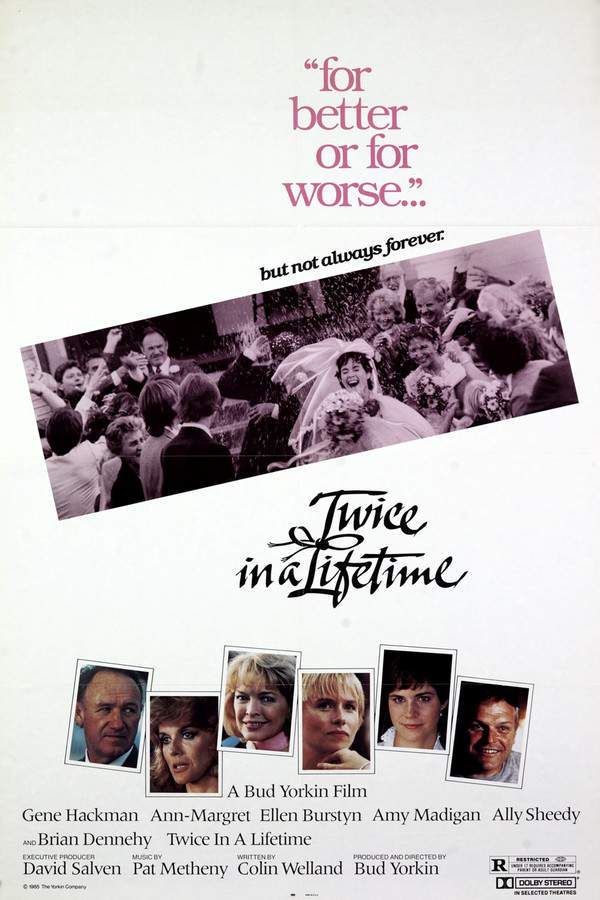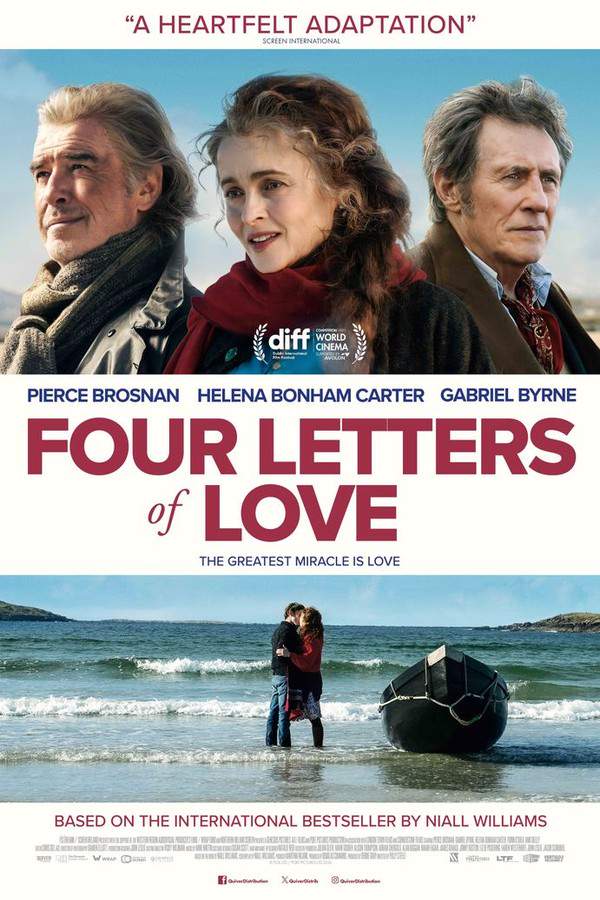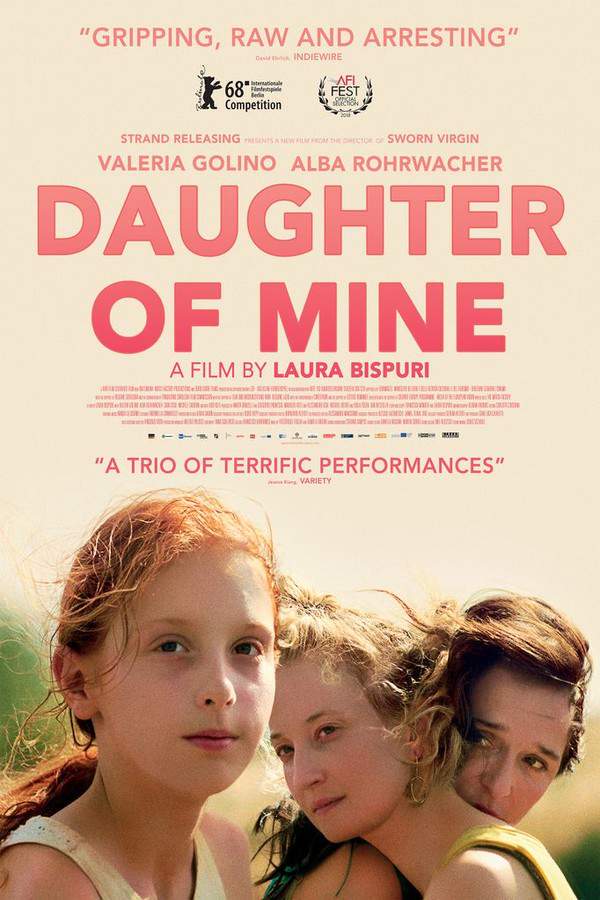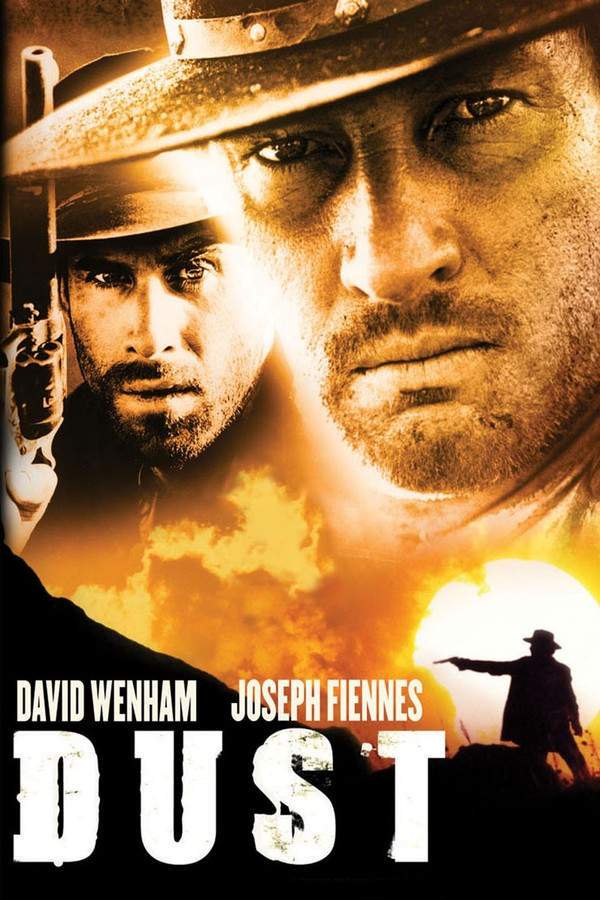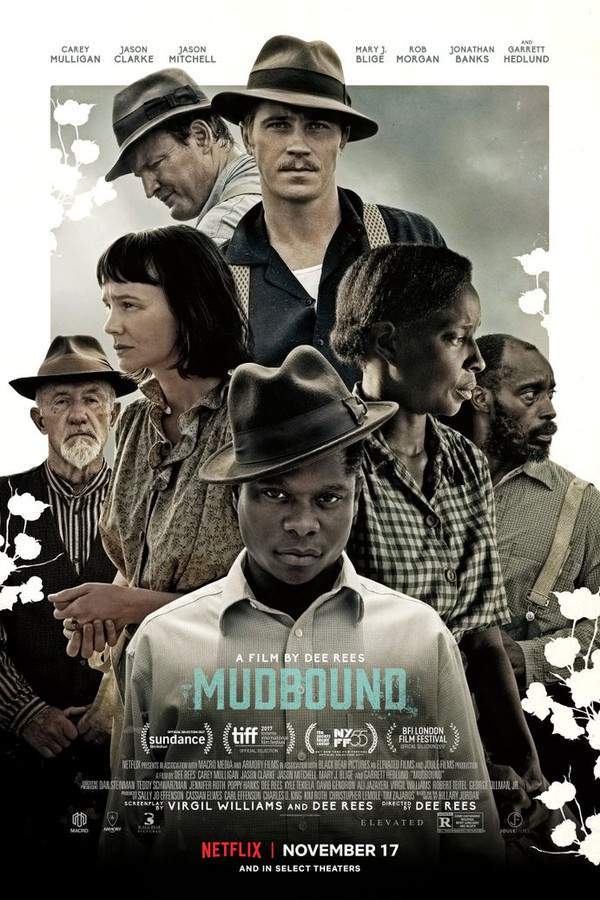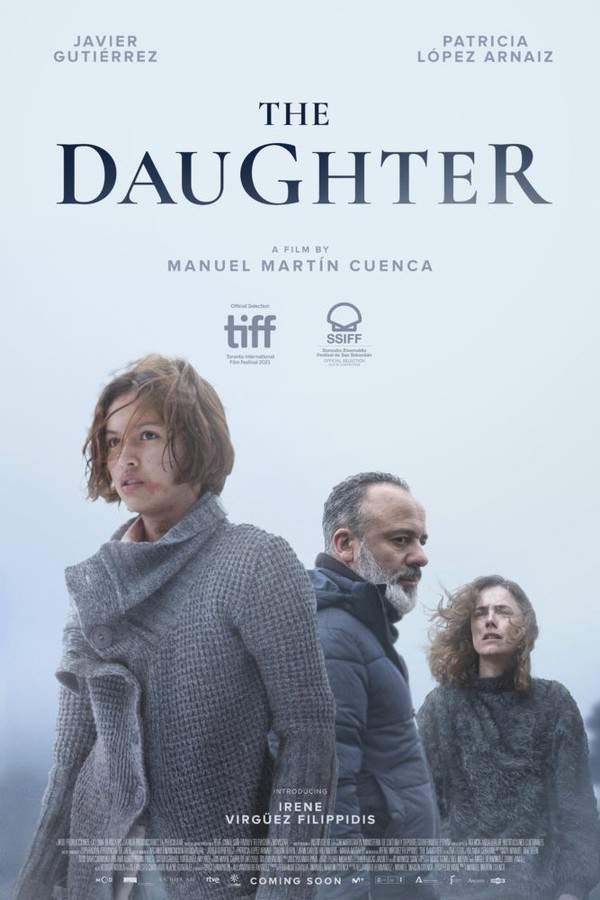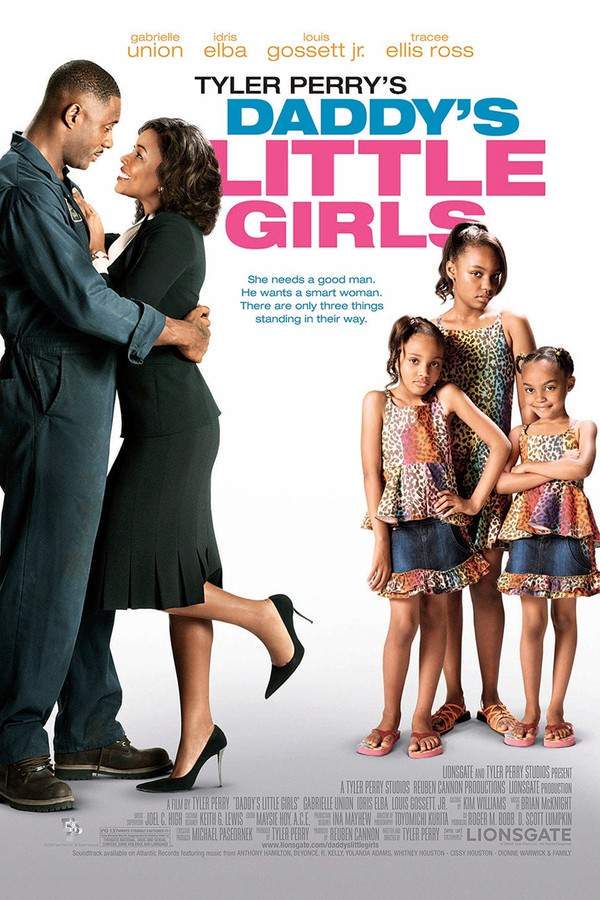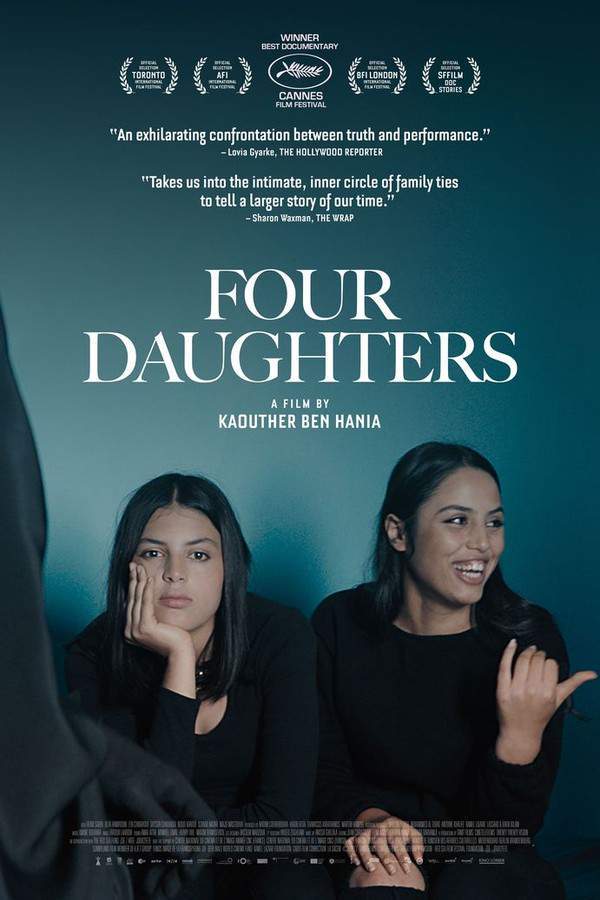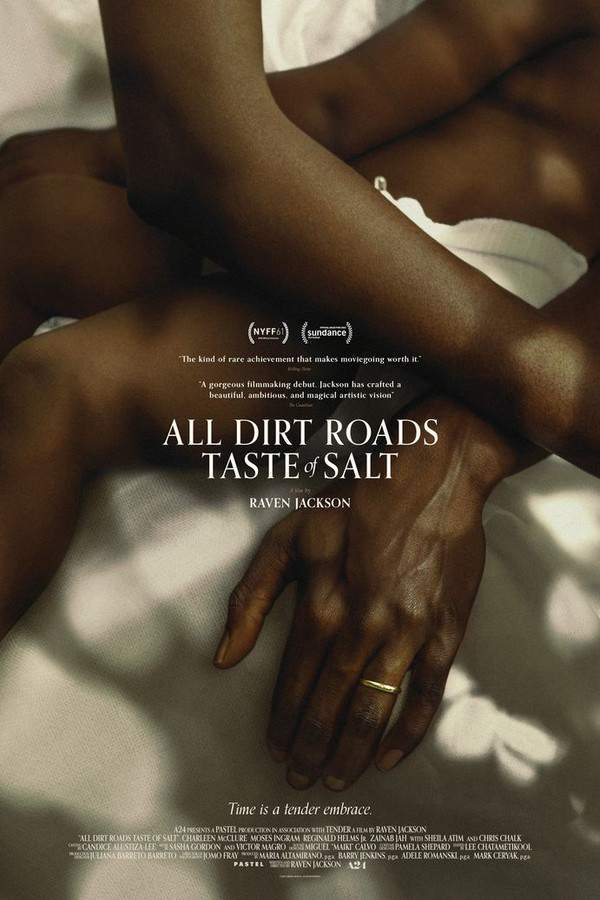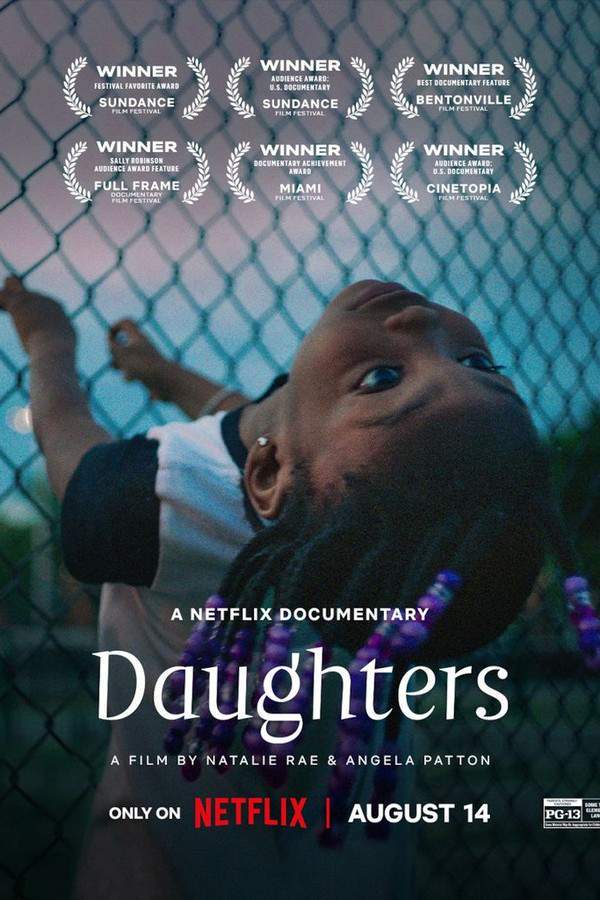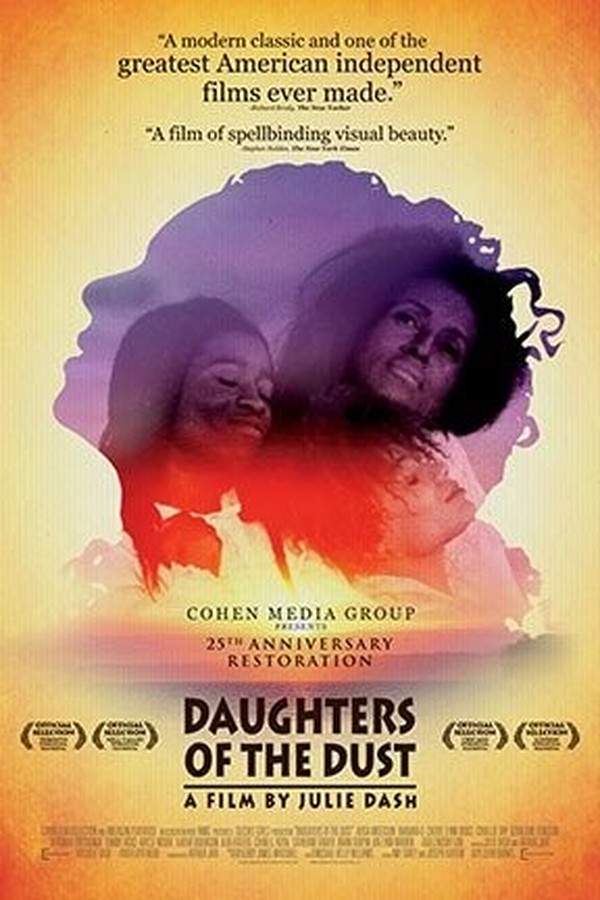
Daughters of the Dust
Year: 1991
Runtime: 112 min
Language: English
Director: Julie Dash
At the turn of the 20th century, a Gullah family living on the Sea Islands of South Carolina grapples with a difficult choice. They must decide whether to remain on their ancestral land, safeguarding their unique cultural heritage and traditions, or to move to the mainland and embrace an unknown future. The decision sparks complex emotions and tests the bonds that tie them to their past.
Warning: spoilers below!
Haven’t seen Daughters of the Dust yet? This summary contains major spoilers. Bookmark the page, watch the movie, and come back for the full breakdown. If you're ready, scroll on and relive the story!
Daughters of the Dust (1991) – Full Plot Summary & Ending Explained
Read the complete plot breakdown of Daughters of the Dust (1991), including all key story events, major twists, and the ending explained in detail. Discover what really happened—and what it all means.
Daughters of the Dust takes us back to 1902, exploring the lives of the Peazant family, a community of Gullah islanders residing at Ibo Landing on Dataw Island, just off the Georgia coast. The rich cultural tapestry of the islanders, stemming from their ancestors who arrived as enslaved individuals centuries earlier, is highlighted through their unique Gullah language—a vibrant creole enriched by influences from West Africa, the British Isles, and local traditions. This isolation on large plantations has allowed their language and cultural practices to flourish, surviving through generations.
The narrative unfolds through the voice of the Unborn Child, the future daughter of Eli and Eula, drawing from the stories of their ancestors. This poetic film employs striking visual imagery and a circular storytelling style to connect the past, present, and future of the Gullah people, who stand at the brink of a momentous journey to the mainland and an embrace of a more “civilized” lifestyle. As Nana Peazant, the family’s matriarch, performs her ancestral spiritual rituals, she poignantly reminds her family, “We are two people in one body. The last of the old and the first of the new.”
Amidst this rich tapestry, contrasting characters emerge: Viola, a devout Christian, and Yellow Mary, a free-spirited woman who arrives accompanied by her lover Trula from the city. Their visit is bittersweet, as Yellow Mary is set to leave for Nova Scotia shortly thereafter. Accompanying them is Mr. Snead, a photographer from the mainland, who captures the essence of the islanders as they prepare to leave their heritage behind. Tensions within the family rise as Eli grapples with the upcoming birth of Eula’s child, a consequence of her assault on the mainland—can he accept a child that may not be his?
The film weaves through various family narratives, including that of Haagar, who finds the island’s spiritual practices outdated and yearns for the modern opportunities beyond its shores. Her daughter, Iona, is caught between worlds, yearning for her secret lover, St. Julien Lastchild, a Cherokee resident of the island. The emotional tension peaks when St. Julien confesses his love in a letter, just as Iona is about to depart.
As the women prepare a traditional meal featuring okra, yams, and shellfish on the beach, the men indulge in games and banter nearby. Children engage in playful activities and religious practices, while Viola leads a Bible study session. The bonds between women strengthen, particularly as Yellow Mary and Eula reflect on their survival and resilience in the face of trauma. Bilal Muhammad, a cousin with ties to the Ibo culture, leads a heartfelt Muslim prayer, as Nana conjures the spirits of their ancestors. This blend of ritual and modernity—Nana’s ancestral invocations alongside Viola’s Bible—highlights the complexities of their histories.
As the Peazant family confronts the pivotal decisions of leaving their beloved island or staying true to their roots, emotions run high. Yellow Mary ultimately decides to remain with Eli and Eula. In a poignant moment, Iona leaps from the departing boat to join Lastchild, who arrives gallantly on horseback. Haagar struggles to hold onto her daughter while others in the family watch the bittersweet departure of most of the Peazants, marking the end of an era and the dawn of new beginnings.
Last Updated: November 16, 2024 at 15:53
Explore Movie Threads
Discover curated groups of movies connected by mood, themes, and story style. Browse collections built around emotion, atmosphere, and narrative focus to easily find films that match what you feel like watching right now.
Cultural memory films like Daughters of the Dust
Stories where memory, ancestry, and tradition are woven into the narrative fabric.If you liked the lyrical exploration of Gullah Geechee heritage in Daughters of the Dust, discover other movies like it that poetically delve into cultural memory, ancestral spirits, and the bittersweet ties to tradition.
Narrative Summary
These narratives often unfold in a circular or reflective manner, prioritizing atmosphere and theme over a straightforward plot. The central conflict frequently arises from the tension between preserving a unique cultural identity and adapting to an encroaching modern world.
Why These Movies?
Movies are grouped here for their shared focus on cultural specificity, their use of poetic and sometimes magical realist techniques to represent memory, and their melancholic yet tender tone when exploring the pain and beauty of heritage.
Bittersweet family dramas like Daughters of the Dust
Ensemble dramas where a family must make a life-altering collective decision.Find movies similar to Daughters of the Dust, where a multigenerational family grapples with a difficult, life-changing decision. These stories capture the bittersweet emotions of departure, legacy, and the ties that bind.
Narrative Summary
The story is driven by the emotional fallout of a single major decision, exploring different perspectives within a family unit. The journey is less about action and more about dialogue, reflection, and the aching weight of a potential farewell, often leading to a divided but understandable conclusion.
Why These Movies?
These films share a strong ensemble cast, a central dramatic dilemma that impacts the entire family, a bittersweet emotional tone, and a pacing that allows for deep exploration of each character's stake in the outcome.
Unlock the Full Story of Daughters of the Dust
Don't stop at just watching — explore Daughters of the Dust in full detail. From the complete plot summary and scene-by-scene timeline to character breakdowns, thematic analysis, and a deep dive into the ending — every page helps you truly understand what Daughters of the Dust is all about. Plus, discover what's next after the movie.
Daughters of the Dust Timeline
Track the full timeline of Daughters of the Dust with every major event arranged chronologically. Perfect for decoding non-linear storytelling, flashbacks, or parallel narratives with a clear scene-by-scene breakdown.

Characters, Settings & Themes in Daughters of the Dust
Discover the characters, locations, and core themes that shape Daughters of the Dust. Get insights into symbolic elements, setting significance, and deeper narrative meaning — ideal for thematic analysis and movie breakdowns.

Daughters of the Dust Spoiler-Free Summary
Get a quick, spoiler-free overview of Daughters of the Dust that covers the main plot points and key details without revealing any major twists or spoilers. Perfect for those who want to know what to expect before diving in.

More About Daughters of the Dust
Visit What's After the Movie to explore more about Daughters of the Dust: box office results, cast and crew info, production details, post-credit scenes, and external links — all in one place for movie fans and researchers.

Similar Movies to Daughters of the Dust
Discover movies like Daughters of the Dust that share similar genres, themes, and storytelling elements. Whether you’re drawn to the atmosphere, character arcs, or plot structure, these curated recommendations will help you explore more films you’ll love.
Explore More About Movie Daughters of the Dust
Daughters of the Dust (1991) Scene-by-Scene Movie Timeline
Daughters of the Dust (1991) Movie Characters, Themes & Settings
Daughters of the Dust (1991) Spoiler-Free Summary & Key Flow
Movies Like Daughters of the Dust – Similar Titles You’ll Enjoy
Daughter of Mine (2019) Movie Recap & Themes
Dust (2003) Film Overview & Timeline
Mudbound (2017) Plot Summary & Ending Explained
The Daughter (2017) Spoiler-Packed Plot Recap
Daddy's Little Girls (2007) Movie Recap & Themes
Mothers and Daughters (2016) Movie Recap & Themes
Four Daughters (2023) Spoiler-Packed Plot Recap
All Dirt Roads Taste of Salt (2023) Film Overview & Timeline
Daughters (2024) Movie Recap & Themes
Dust (1985) Full Movie Breakdown
Daughters Of Abdulrahman (2021) Story Summary & Characters
Daughter of the Sea (2022) Full Summary & Key Details
Daughter Rite (1979) Full Movie Breakdown
The Daughter-in-Law (1972) Spoiler-Packed Plot Recap
On Mothers and Daughters (2023) Film Overview & Timeline

